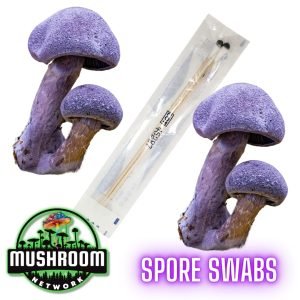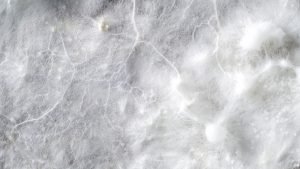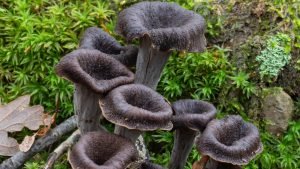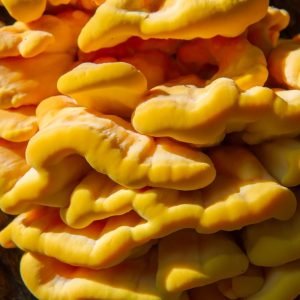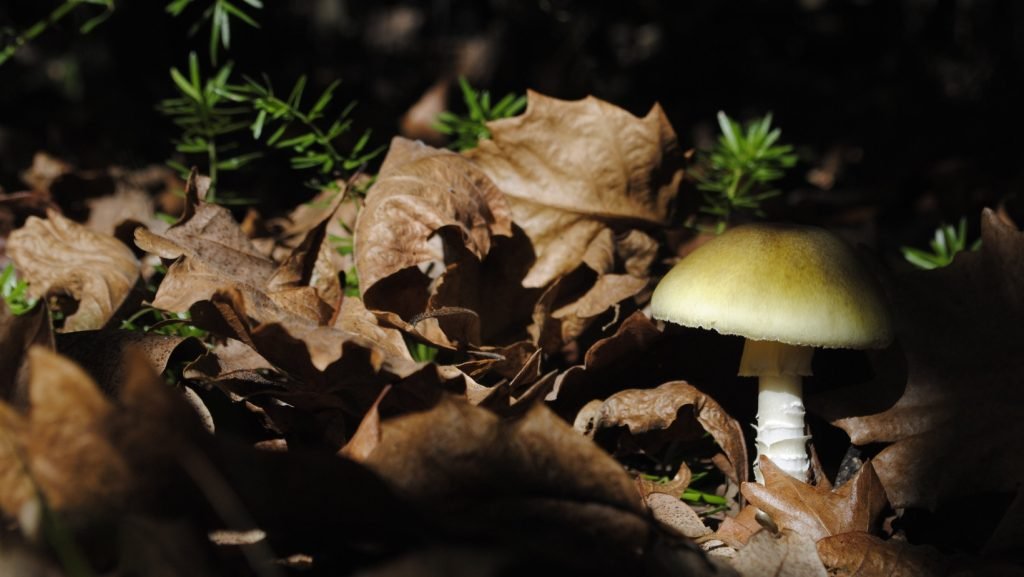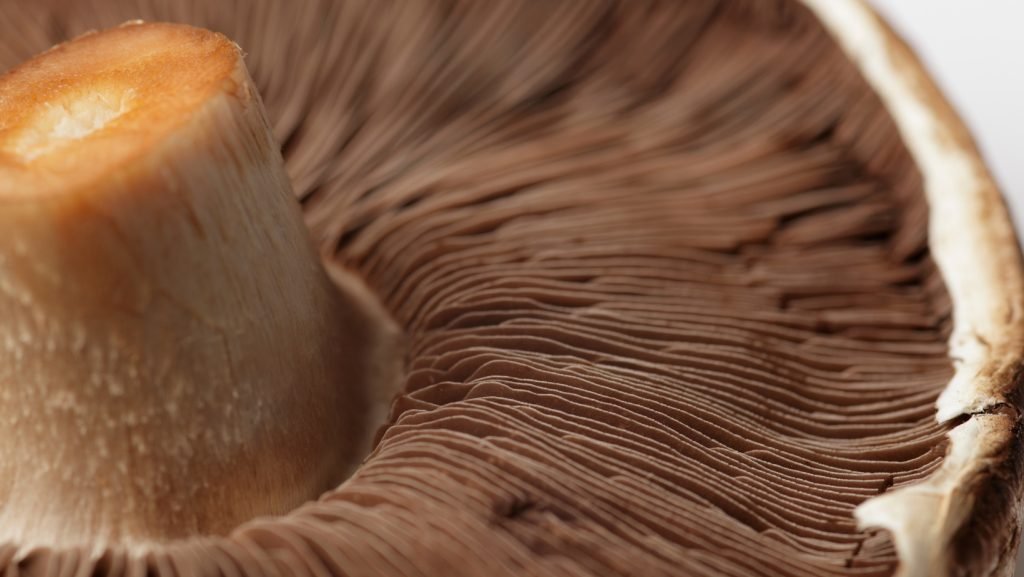Fungi, with their vast diversity and adaptability, have not only graced our dinner tables or served in medicinal capacities but have also seen the fields of battle. From toxic payloads in ancient warfare to cutting-edge technological applications in modern combat, the utilization of mushrooms and fungi in warfare is an intriguing tale of ingenuity.
Mushrooms, with their clandestine growth and diverse properties, have been tapped by various civilizations as tools of war. Their roles have ranged from silent killers to agents of subterfuge, and more recently, as sustainable solutions for modern warfare’s challenges.
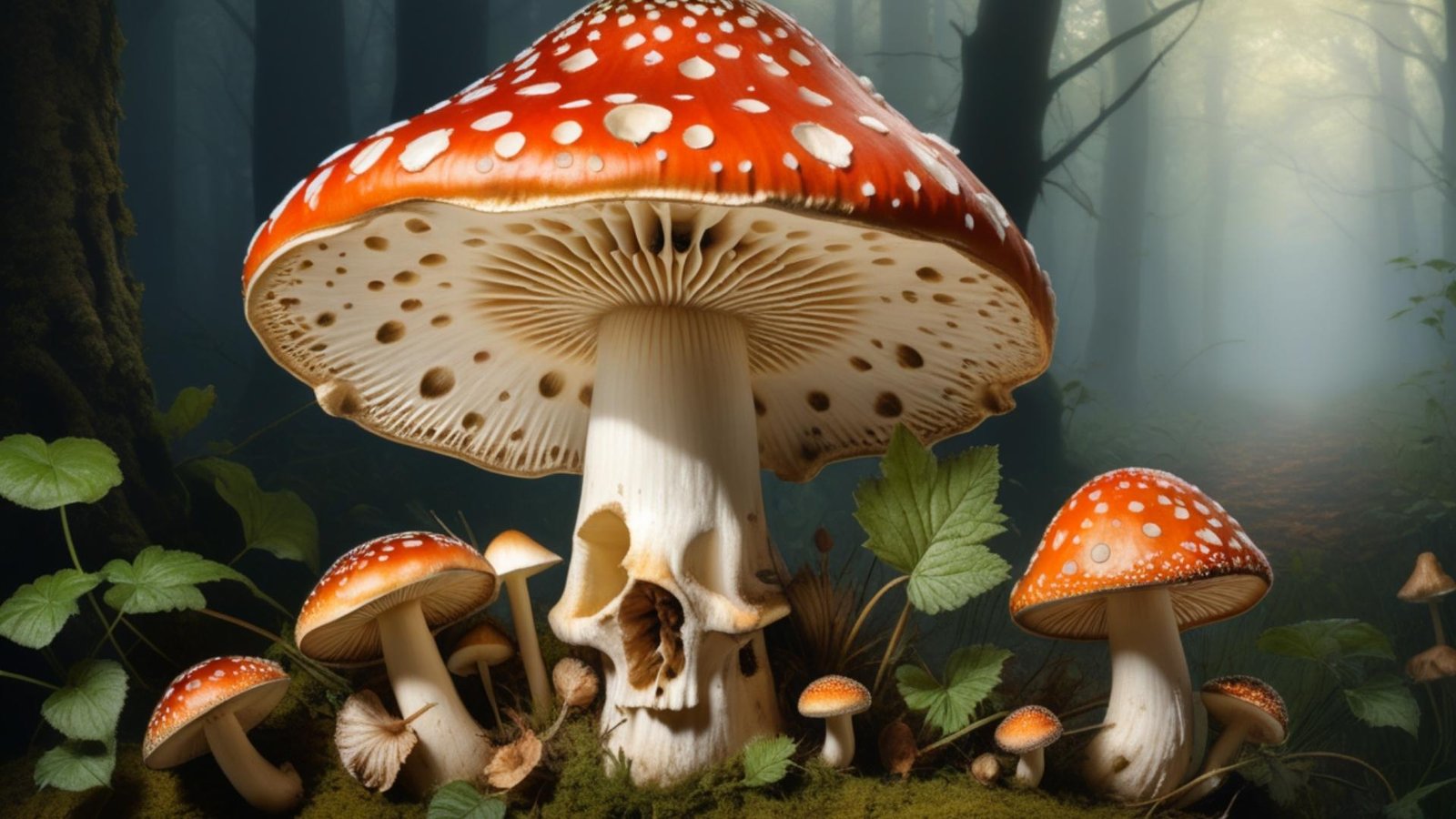
The Ancient Arsenal:
Amanita Phalloides – The Silent Assassin: One of the most toxic mushrooms known, Amanita Phalloides, also known as the Death Cap, has historical anecdotes of being used to eliminate enemies silently. Its potent toxins disrupt cellular functions, leading to multiple organ failures.
Fungi in Subterfuge: Apart from direct poisoning, mushrooms were also reportedly used in ancient espionage and subterfuge. Spies and emissaries would sometimes carry information concealed within mushroom caps, utilizing their innocuous appearance to bypass enemy checkpoints.
Biochemical Warfare: In addition to direct consumption, ancient civilizations would sometimes use toxic mushroom spores as a primitive form of biochemical warfare, releasing them to incapacitate enemy forces or contaminate water sources.

Modern Mycological Militarization:
Bio-degradable Fungal Drones: As technology evolves, the defense industry seeks sustainable solutions. Fungi have been researched for creating bio-degradable drones, which, after serving their reconnaissance purpose, can degrade without leaving an environmental footprint.
Fungal Identification and Warfare: Modern combat isn’t just about direct confrontation. Understanding and identifying specific fungi can be crucial in warfare, especially when operating in unfamiliar terrains. Some fungi can indicate the presence of certain chemicals or pollutants, acting as natural detectors.
Mycotoxins as Bio-weapons: While the use of bio-weapons is prohibited by international treaties, the potential of mycotoxins as warfare agents has been researched. Their ability to cause disease, debilitation, and even death puts them on the list of potential bio-threats.
The universe of mushrooms is expansive, each variant bearing its own unique charm and characteristics. The Marketplace on the 🍄 Mushroom Network is a testament to this diversity. It is a haven for those seeking a deeper understanding of the magical world of mushrooms. If you’re keen on learning more about this type of mushroom and other mushroom variants, this Marketplace is your ultimate resource.
Future Warfare and Fungal Frontiers:
Fungi as Communication Tools: The mycelial network’s communication capability, often dubbed the “wood wide web,” is being researched for potential applications in secure communication systems in warfare scenarios.
Bioremediation on Battlefields: Post-battlefield cleanup is a significant concern. Fungi, with their capacity for bioremediation, can play a role in detoxifying landscapes, breaking down hazardous materials, and even decomposing unexploded ordinances over time.
Eco-friendly Military Installations: Future military bases might turn to fungi for creating sustainable and eco-friendly infrastructure. Mycelium-based materials, being sturdy and renewable, could replace certain construction materials, reducing the environmental impact of military installations.
Not sure where to start? The 🍄 Mushroom Academy offers a wide range of courses tailored to your needs. Whether you’re a beginner eager to learn or an experienced mycologist looking to broaden your knowledge, the 🍄 Academy has something for everyone.

Mycelium Manifestations in Combat:
The myriad ways in which fungi have shaped combat tactics and strategies highlight their versatility. As we stride into the future, the fusion of mycology and military science promises innovations that are not only effective but also environmentally conscious.
Don’t forget to check out the 🍄 Mushroom Network’s Marketplace to see what’s available. But hurry, our shelves are constantly evolving, and you wouldn’t want to miss out on this wonderful mushroom. Join our growing network of Patrons, Genetics, and Mycologist Vendors only on the 🍄 Mushroom Network!
Recommended Reads:
Beyond the Cap and Stipe: Unraveling the Mysteries of Mycelium
Amidst the forest’s leaf litter, beneath the damp logs, and coursing through the soil lies...
Read More...Black Trumpet (Craterellus Cinereus)
Greetings, fungal aficionados and nature lovers! Today, we embark on a fascinating exploration of Craterellus...
Read More...Attack of the Green Mold: Defending Your Mushroom Empire
About This Article: Embark on a fungal adventure with ‘Attack of the Green Mold: Defending...
Read More...Chicken of the Woods: The Tasty Forest Delight
A culinary-focused article exploring recipes and preparation methods for this mushroom. Chicken of the Woods:...
Read More...Whoa there, Spore Sport! 🍄 Looks like you’re not logged in yet. Don’t you know what you’re missing? MYCO-CREDITS! Imagine all the fungal fun you could have. It’s like finding a Morel in May and not picking it. Tragic, right? Log In or Become a Myco-Patron and start racking up those credits. It’s more rewarding than finding a mushroom in your backyard! 🌟🏡




